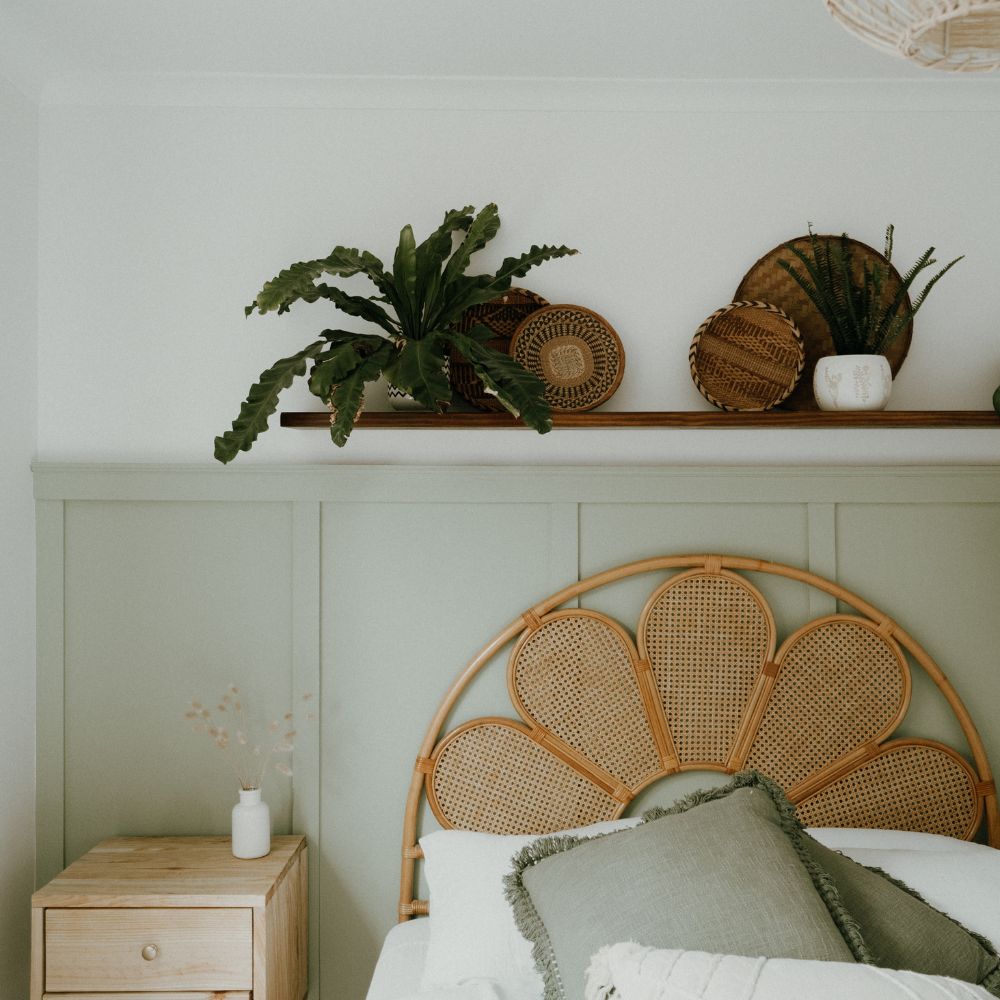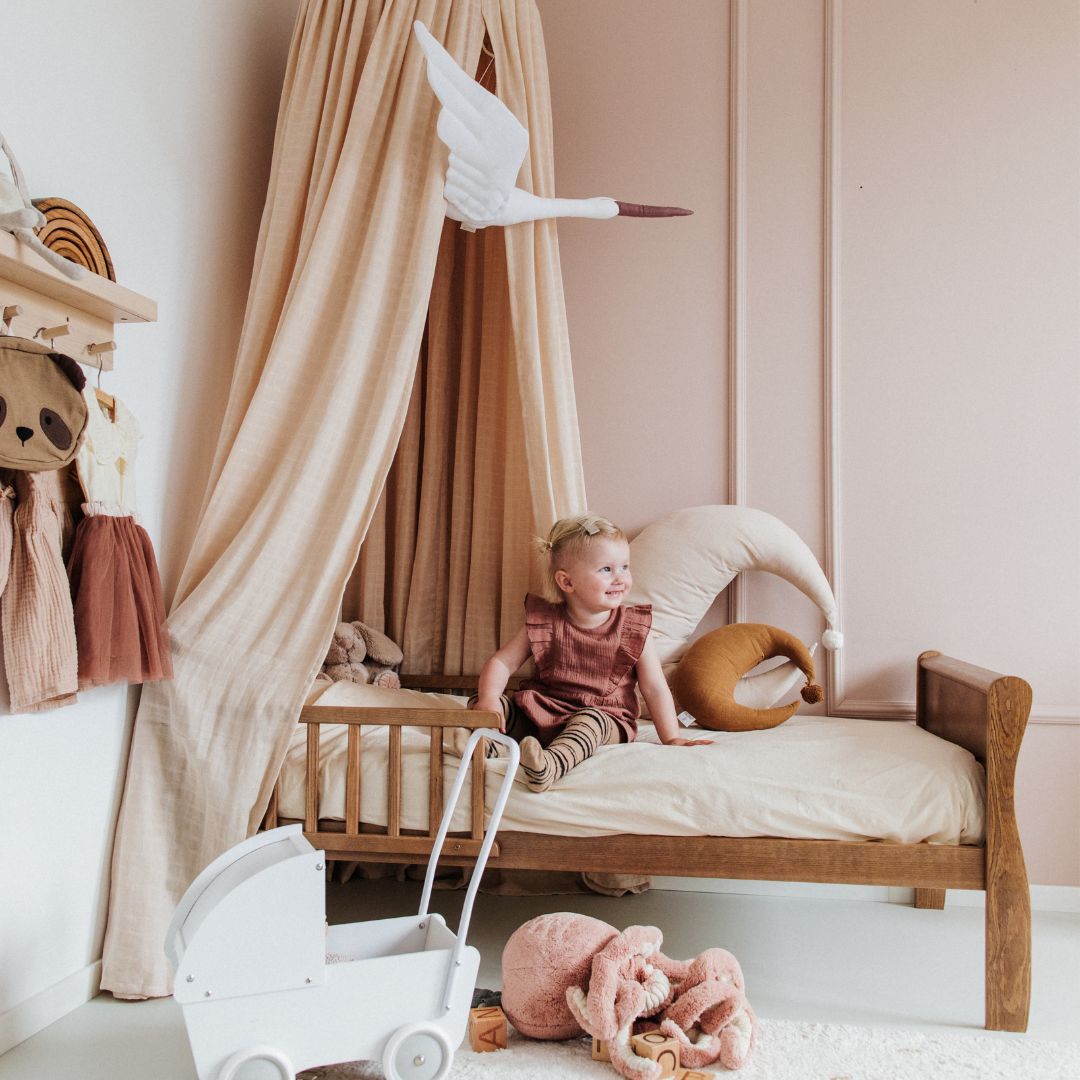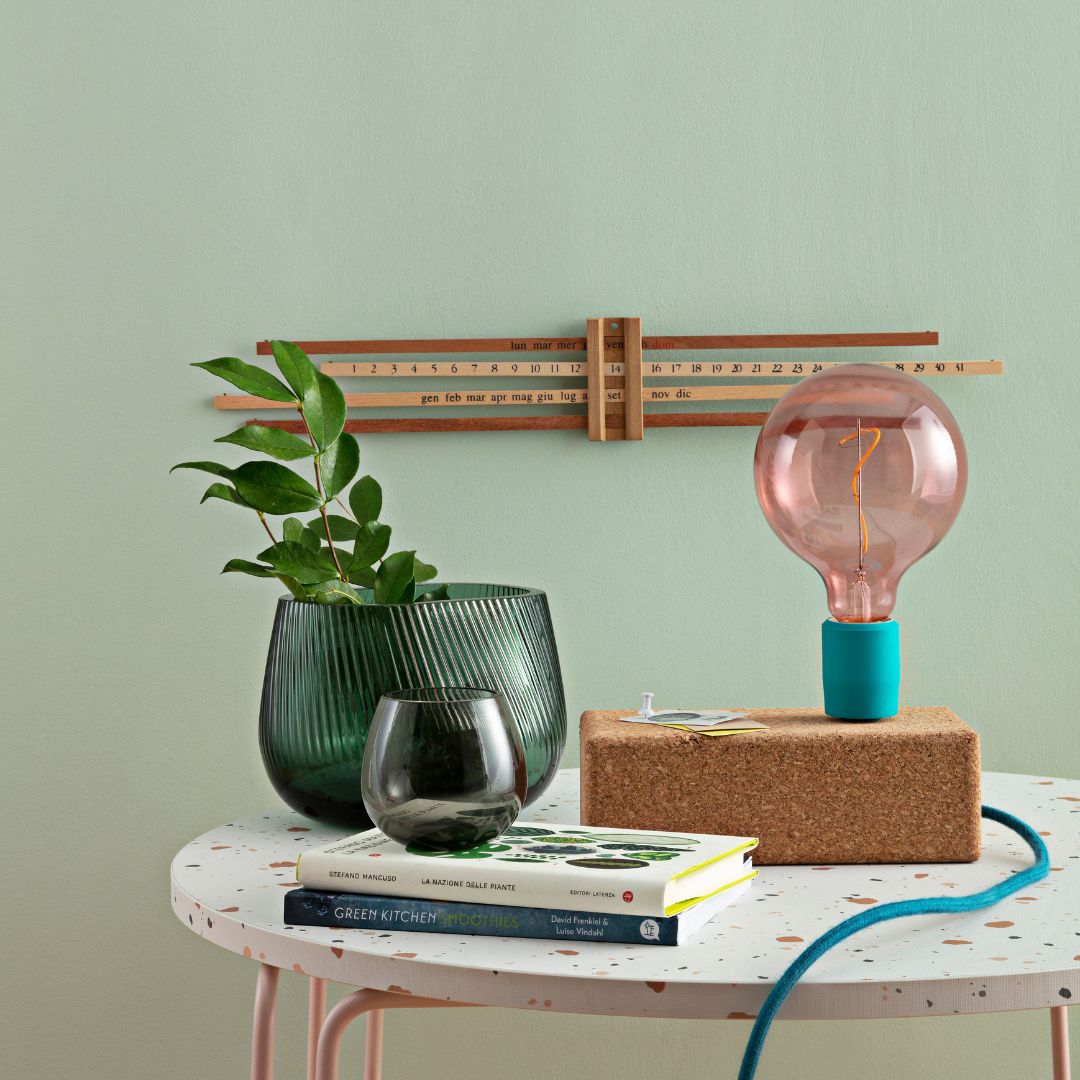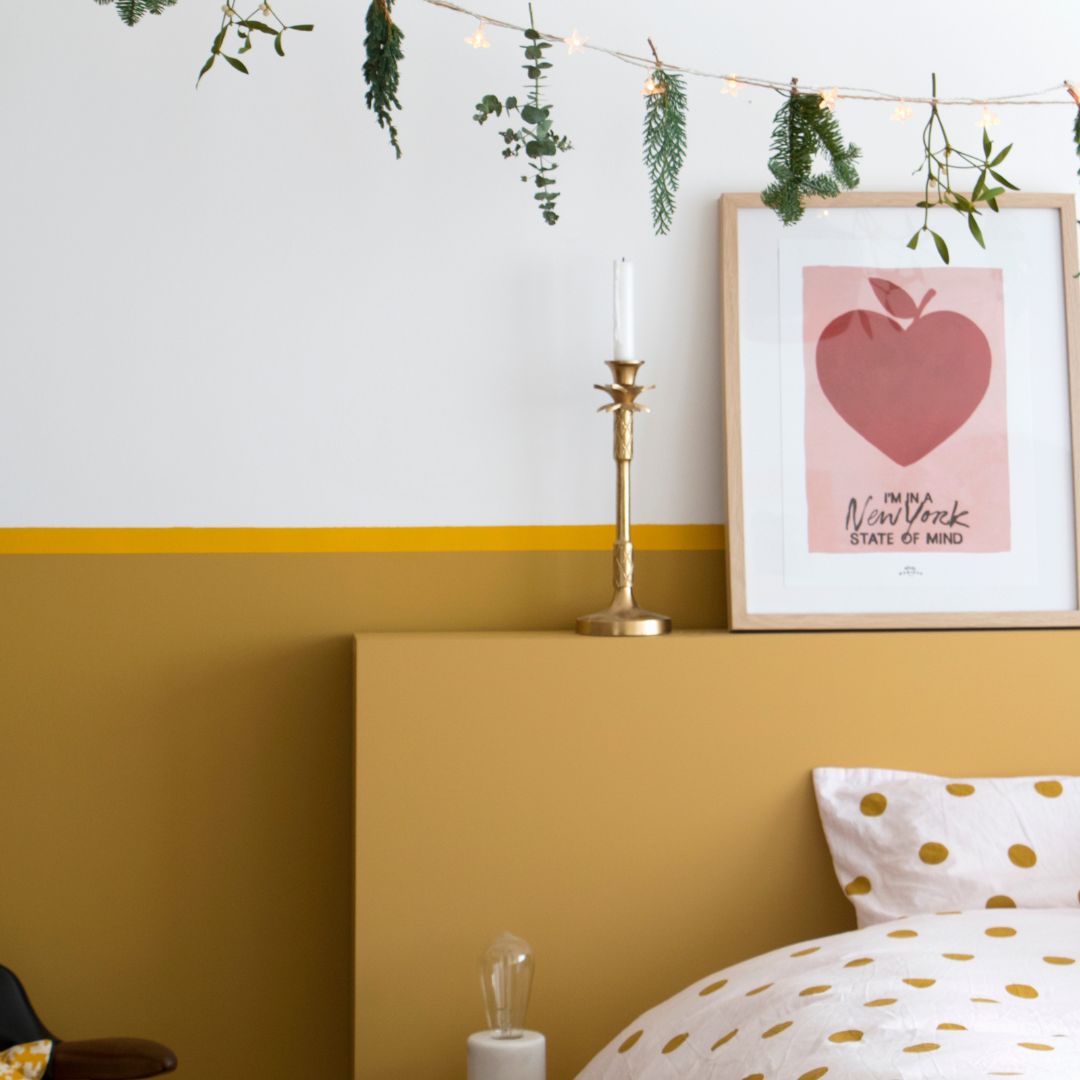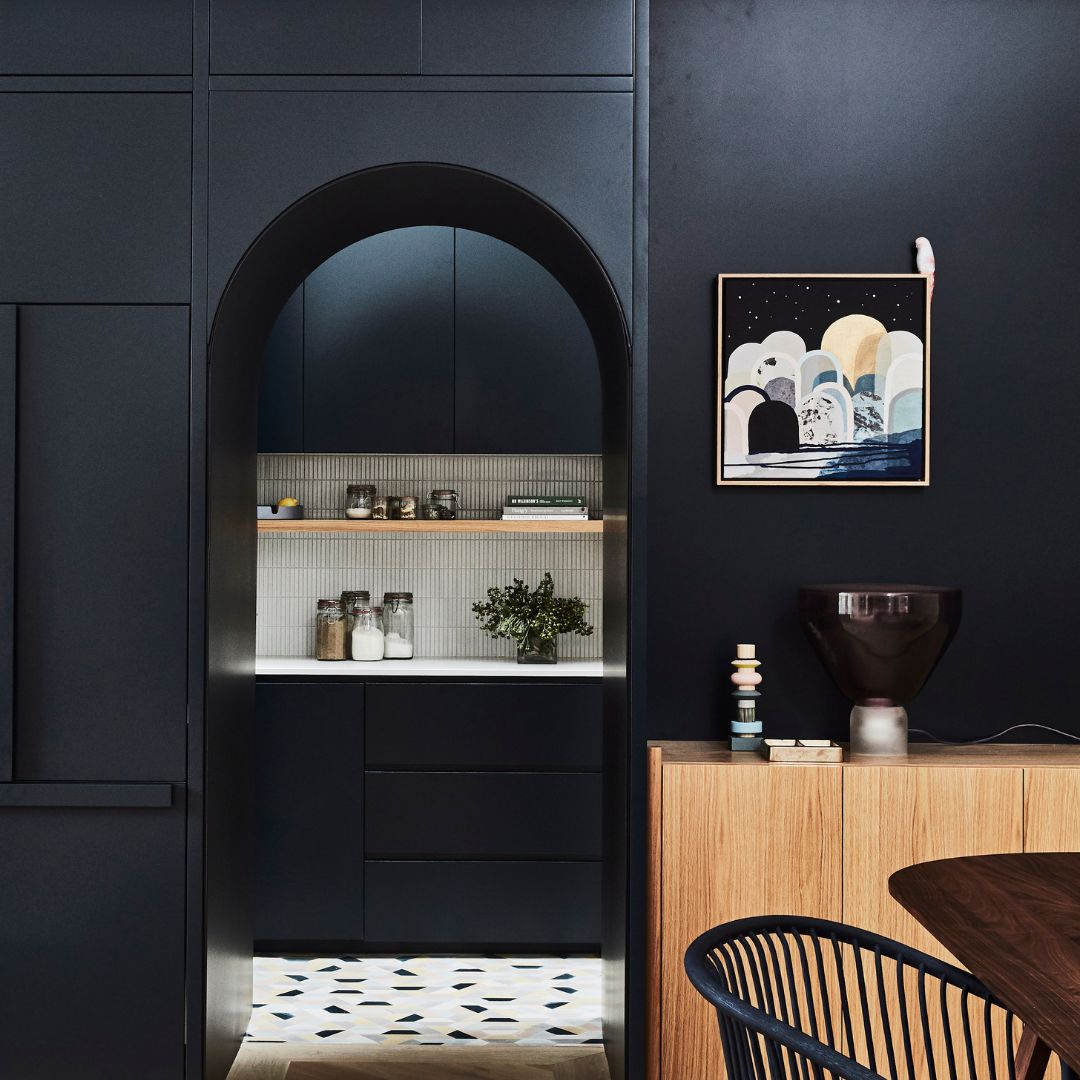You've decided you want to paint or repaint your child's bedroom. Several questions naturally come to mind before starting work: what color to use, whether to apply one or several shades, what decoration to use, what paint to choose, but above all: how to paint a child's bedroom.
If you've read all of our guides dedicated to children's bedrooms, you'll have the answers to most of the questions asked above. We believe it's important to focus on painting in a child's bedroom, which is a very important room for your child's development: it's where they play, do their homework, sleep, and, in other words, it's where they discover life.
It's therefore important to take decorating and painting your child's room seriously: from choosing the paint to the tools, including preparing the surfaces you'll be painting on. Applying the paint and some maintenance tips won't hurt when painting the room.
Which paint should you choose for your child's bedroom?
While the choice of colors and our advice on shades have already been discussed in a previous guide, allowing you to decide on the decor of your child's bedroom, the choice of paint that you are going to put on the walls of the bedroom is very important.
An ecological paint
We strongly recommend using an eco-friendly, natural paint that meets all the health-related criteria for your future child. Natural paint contains fewer volatile organic compounds than conventional paint, ensuring your child's health is protected by avoiding breathing in VOCs in their room. Algo paints are highly recommended for children's rooms and are even favored by parents for these same reasons.
A satin finish
Not a day goes by without being asked for advice on the right finish, regardless of the room. While some environments almost require the choice of a finish, choosing a child's bedroom is no small feat either.
It's not a myth: the risk of drawing on the walls is very real, as are handprints and possible stains linked to your child's daily presence in their room.
Having a paint that can be maintained over time without being damaged is a must-have for a bedroom. Among the available finishes, two meet these criteria: velvet and satin.
Velvet is an intermediate finish: it will be washable but will be less effective than satin. For these reasons, satin is the recommended finish for the walls of your child's bedroom. Another aesthetic advantage is that satin tends to reflect light better, thus better reconsidering the room's concept of space.
As for the ceiling, it must be painted with a matte finish. This is a general rule since the vast majority of ceilings are painted matte.
Prepare the walls of your child's room
Well before you ask yourself whether or not using an undercoat is necessary in a child's room, the first step is to prepare the surface. First, inspect the condition of the walls and roughen them to break up the paint grain. This will allow the paint to penetrate the surface better.
Once you've completed this step, you'll be able to spot any imperfections left on the walls of your child's room. Imperfection is visible to the naked eye and often manifests itself as holes and cracks. You can fill in the imperfections with filler to fill the holes and cracks, and then sand them down to achieve a smooth, flat surface.
If you're serious about getting the best possible result in your bedroom, you can clean your walls with a slightly damp cloth and a little soap. Once the surface is completely dry, you can then apply the primer, which is always applied in one go: you're now ready to apply the finish.
Protect the part before painting
Even with all the precautions in the world, it's not impossible for paint drops or stains to stain the floors, furniture, curtains, or even the bed, duvet, and mattress in your son or daughter's room. To remedy and avoid these problems, be sure to properly protect all the elements in the room.
If possible, you may want to move the bedroom furniture to another room in the house while the work is being done, as you will need more space. Otherwise, we strongly recommend covering it with a sheet or tarp and grouping it in the center of the room to ensure the paint doesn't damage it and to give yourself more space to complete the work.
We don't necessarily think about it, but you also need to protect the sockets, switches, and potentially the baseboards on each wall of the room if you don't want to paint them. The best possible way to avoid spilling onto the wall elements is to simply protect them by applying smooth masking tape (preferably delicate) to prevent the paint from getting on these elements.
What tools to use?
The tools used are the same as for any other room in the house: namely the roller and its handle, a possible fine brush for doing the edges and corners, and hard-to-reach surfaces, and the paint tray which will allow the paint to be applied evenly to the surface.
If you are applying a different color to a wall in the bedroom, then remember to bring plastic refills.
Optional accessories can be very useful, such as the 6-millimeter sleeve, or even a radiator brush if you want to paint the wall without removing the radiator. Tarpaulins to protect the room are also often overlooked, but are very important to avoid damaging the room.
Some brands of paint can be applied with a spray gun, such as Algo paint. Therefore, a spray gun can be one of the tools used to paint a room.
Applying the paint
Whether you want to apply white or a more specific color to a section of wall, we always recommend applying two thin, thick coats of paint and, of course, allowing enough drying time between each coat.
Be careful, on a bright color, a third coat may be necessary, especially if the surface has been poorly prepared beforehand. Keep this in mind before calculating the quantity of paint based on the chosen color.
Before you even start painting, stir the pot well to distribute the pigments of the possible color you will be applying to the wall and thus homogenize the product. Some paints are dilutable, such as Algo paints. Don't hesitate to dilute the paint up to 5% of the pot to obtain a smoother paint.
To ensure uniformity and the smoothest possible result, we recommend painting in square meters of area and applying the paint evenly across the entire wall. Once the surface is painted, don't hesitate to go over the wall with your roller again without reloading it to potentially distribute excess paint over the surface, significantly reducing roller marks. Crossing the passes also helps to blend in the roller marks.
If you're applying a specific shade or multiple colors, use multiple rollers and wrap them in a sealed plastic bag to prevent the paint from drying out. You can reuse your roller the next day without cleaning it, saving time on your work by reusing the roller that's already been used for the same color.
It is more common to leave a wet edge of the painted area so that you can make any necessary touch-ups and make connections between the different parts you have painted. This will avoid leaving any marks.
Our ideas for choosing the color of the bedroom
Need ideas for an original and trendy decor? Don't hesitate to consult our guide on colors that will create the modern atmosphere you desire, with a style that matches your child's style.
White is not a given: trust colors like pink in a girl's room, for example.
Also consider the bedroom's elements to decorate the room based on the elements and furniture, such as the bed. To create a more decorative effect, nothing prevents you from combining paint and wallpaper.
If you'd like more ideas for livening up the atmosphere, check out our dedicated guide.
